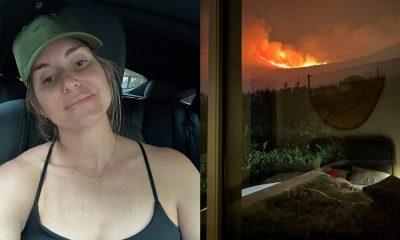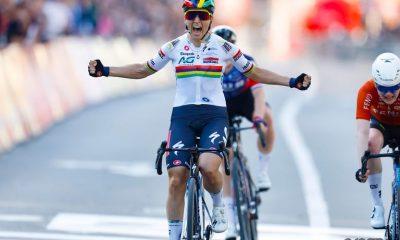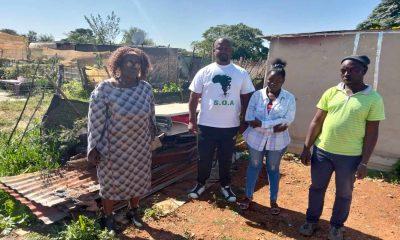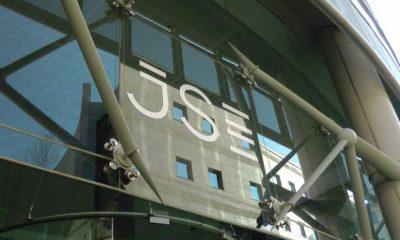News
UP students transform statistics module into innovative storybook
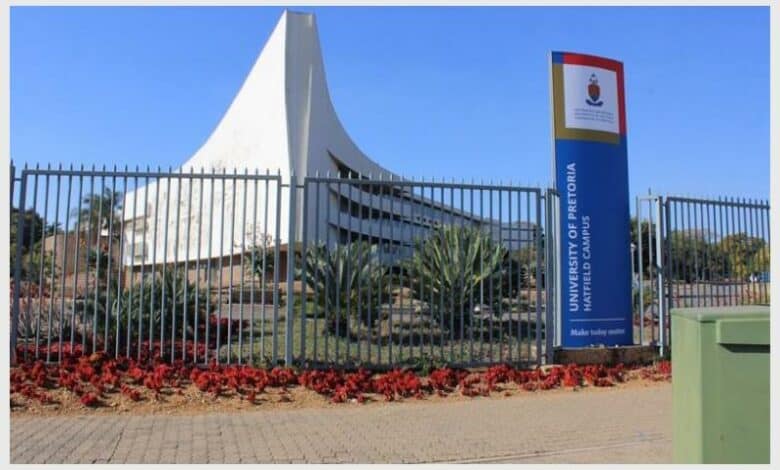
The University of Pretoria (UP) is leading the charge in taking traditional teaching and learning methods to new heights.
Undergraduate statistics students wrote an innovative statistics-based fictional fable book to study numbers in narratives.
Fiction and Fable: Tales of Time-Series was spearheaded by Professor Johan Ferreira of the UP Department of Statistics in the Faculty of Natural and Agricultural Sciences, and edited by Ferreira and his colleague Dr Seite Makgai.
What started as an attempt to keep third-year statistics students engaged during the pandemic has resulted in a short story anthology capturing ideas and concepts taught in a time series analysis class through creative writing.
The book has an added layer of creativity through artwork by renowned illustrator Michelle Pinto.
According to the university, the students’ contributions explored through fictional narratives promote storytelling as an effective teaching and learning tool within analytical sciences.
In addition to stimulating peer learning, the anthology offers an alternative and less stressful approach to teaching and learning.
Ferreira said the book was borne out of an idea to keep students interested and focused and has become an unintended but positive outcome of the Covid-19 pandemic.
“It was a challenging time just after the pandemic. Everybody was glued to their screens, and my sense was that students were exhausted from maintaining interest and focus across a wide range of continuing academic expectations,” he said.
A conversation with his botanist partner, who told him a story made up of plant characters, was his lightbulb moment.
“That created the spark to think, what if I can get my students to do the same? In this way, it might spark a different train of thought when it comes to statistical thinking.
To be honest, I think many, if not most, academics were feeling the same way,” said Ferreira.
Ferreira then presented his concept to a third-year mainstream statistics module group comprising 300 students.
Since the storytelling exercise was optional, he was elated that he received over 30 submissions.
“Reception of the concept is two-fold: the concept as perceived by students who contributed stories, and also reception by students who are enrolled in the course now and reading the stories as an additional learning or creative resource,” he added.
At the launch of the book at UP’s Hatfield Campus recently, Prof Delia North, former Dean of Science at the University of KwaZulu-Natal and a stalwart in statistics education in South Africa, said:
“This book comes at the precise moment when academic statisticians are challenged to think of new and novel ways to advocate for their discipline. I have no knowledge of any other similar statistics storybook being written – the editors should really be considered true visionaries in the field of statistics education.”
Ferreira said publication of the book was never the initial goal.
“It was the product of the organic development of the overarching project which is now yielding incredible intellectual fruits.”
He added that once the potential was realised, it was all systems go.
“It took a few months to edit the submitted works, after which the entire submission entered a peer-review phase. Therefore, the volume has been completely peer-reviewed by experts in both the statistical pedagogy field as well as within creative writing. After this, it took a few months for illustrations to be done, because each illustration is unique to the story it accompanies,” Ferreira said.
He said there was a clear plan for what the book hoped to achieve.
“It is essential to continuously reassess and reinvent different learning strategies and experiences for an evolving student body. Our main aim was to improve and supplement student learning with a newly developed teaching resource.”
He stated that in addition, to inspire students to take ownership of their learning creatively and to see how their own educational experience could be supported through informal and project-based peer learning.
Ferreira said the responses to the book have been positive and there have been calls for translations into other South African languages.
“Imagine having such a storybook available in Sepedi – a first for statistics, and at a level of value for primary, secondary, and tertiary students.”
https://x.com/UPTuks/status/1834804343297495060
Ferreira added there were no plans to release a new iteration of the book.
“We want to implement it

